Due to rising costs, Walgreens plans to close nearly 700 locations across the country, according to a spokesperson.
There are a couple of branches that were struggling to stay afloat with costs and were seriously failing to meet expectations. As a consequence of this, the business will close the doors of the selected branches.
Lower Sales
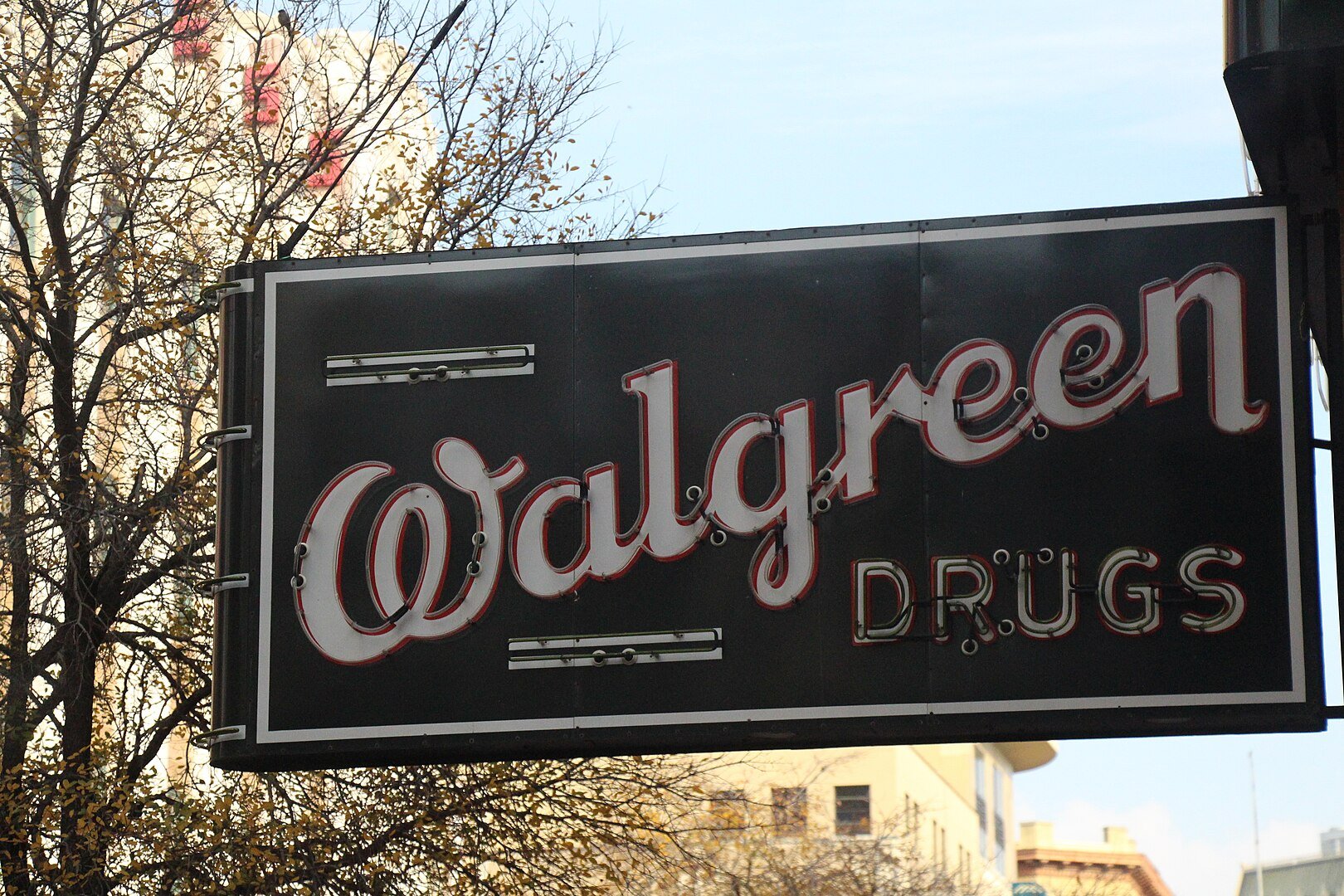
Consumers have been more cautious since the beginning of the year when spending their hard-earned money.
Many households have been affected by the rising cost of living, which has resulted in lower sales at stores like Walgreens.
Difficult Times for Retailers

A lot of prominent retailers of years past have struggled to adapt to changing consumer habits.
Big names in different sectors like Toys”R”Us and Bed Bath & Beyond faced mounting financial struggles that eventually reached a point of no return, forcing these iconic companies into bankruptcy.
Changing Times

Much of the struggles of the old guard can be put to a growing preference for online shopping over traditional brick and mortar stores.
But customer spending habits have shifted quite a bit too over recent years. Household budgets have felt the strain of the pandemic, followed by inflation and a cost of living crisis. Every retail segment seems to be feeling the struggle.
The Restaurant Industry

The restaurant industry is a very good example to illustrate this. The entire industry is facing challenges as customers become ever more savvy with their spending.
Overlapping a little with the struggles of drugstores like Walgreens, restaurant brands targeted at older demographics like Cracker Barrel have faced extra issues as their customer base has become more cautious about going out and spending their money post-pandemic.
Walgreens Boots Alliance
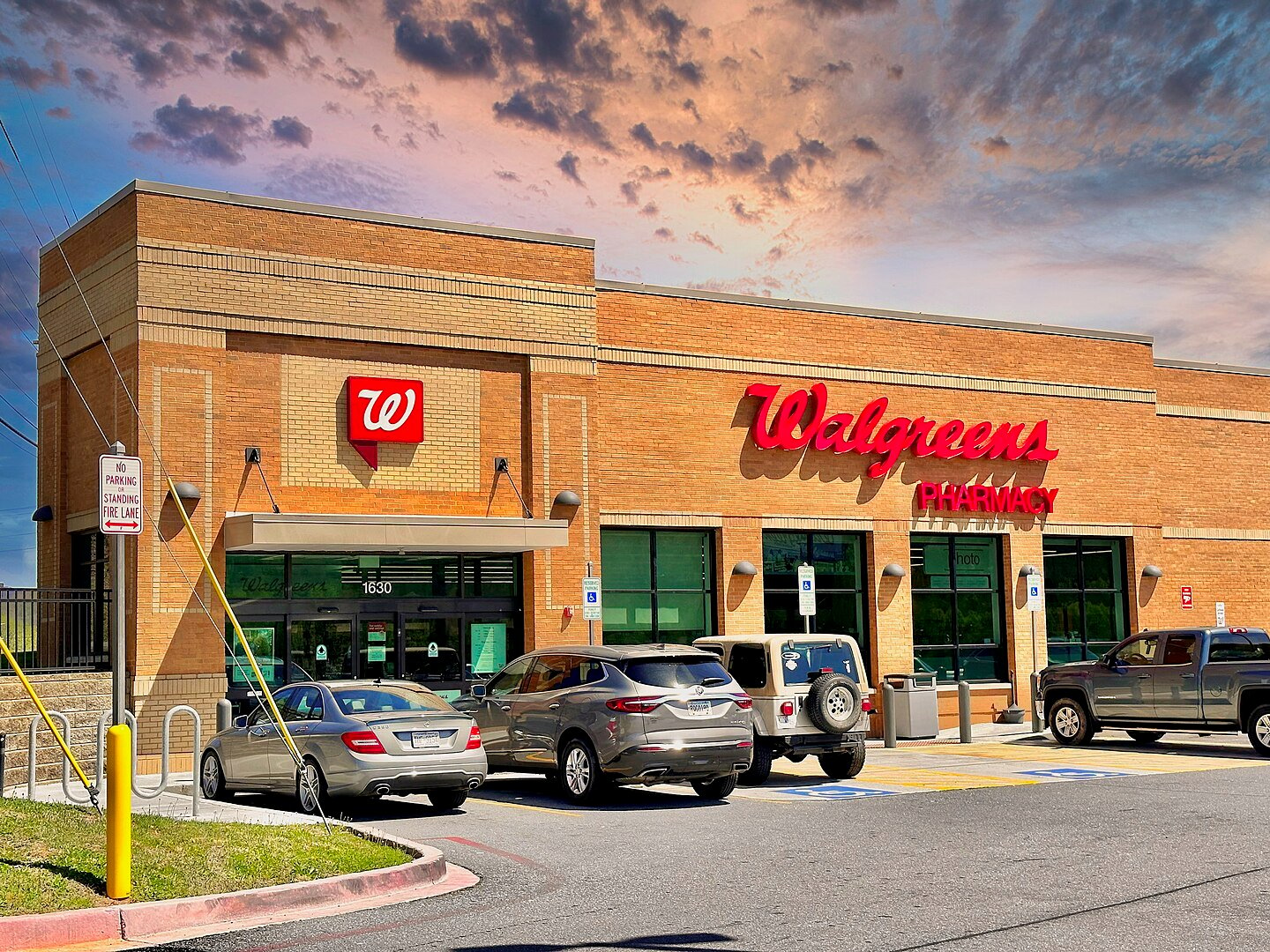
For many years, the Walgreens Boots Alliance, or WBA, has been strong.
However, the struggle to survive these expensive times is even resulting in the possible closure of 700 UK stores.
Pre-Tax Costs
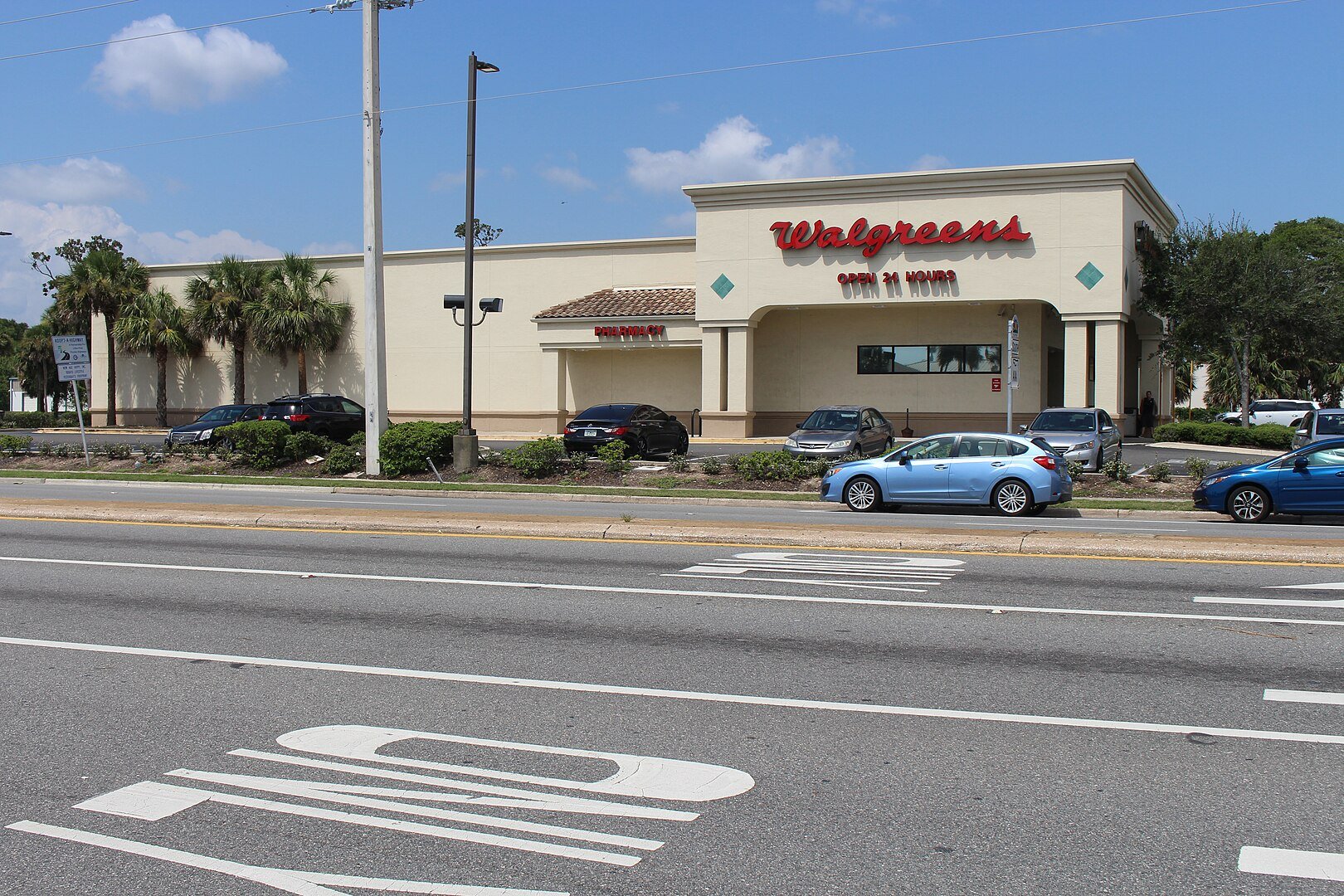
The company anticipates pre-tax costs ranging from $3.8 billion to $4.1 billion as a result of hundreds of stores closing.
These figures are consistent with the regularity filing that the company submitted.
No Industry Is Safe

Given the essential nature of the service they provide, one might have expected pharmacies to be somewhat insulated from the financial hardships being experienced by other retailers.
This is far from the case. Many high-profile pharmacies have suffered extreme financial struggles recently, resulting in a slew of closures and worse.
Rite Aid
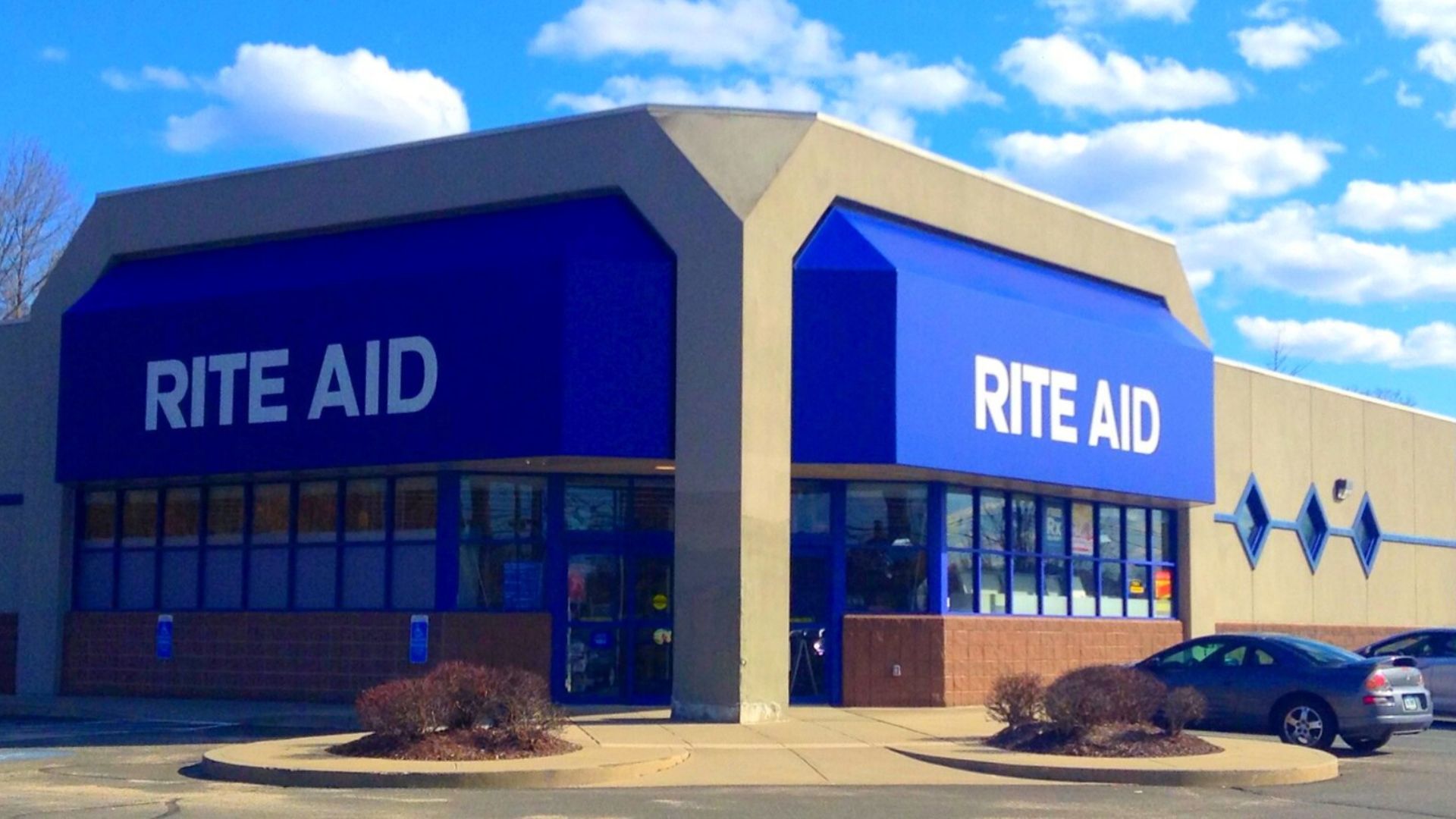
Last year, Rite Aid filed for Chapter 11 bankruptcy, eventually closing nearly 700 locations. There have been challenges for other prominent pharmacies also.
CVS has managed to avoid bankruptcy, but store closures have still been necessary to ensure the financial health of the company. Other companies have not been quite so lucky.
Gone the Way of Rite Aid

Guardian Pharmacy, for example, is a Pennsylvania-based company that offers a wide array of services to older Americans. This includes operating elder-care facilities and providing pharmacy services.
Guardian Pharmacy filed for filed for Chapter 11 bankruptcy in the United States Bankruptcy Court for the Western District of Pennsylvania amidst mounting financial difficulties.
Mounting Pressures

There were many factors that led to Guardian Pharmacy’s filing, some of which unique to the services they provided. An increased reliance on high-cost agency labor for skilled nursing staff, for example, certainly contributed to their rising debts.
But there are challenges Guardian Pharmacy faced that are probably common to all pharmacies and also likely contributed to Walgreen’s difficulties.
Modern Pharmacy Challenges

Part of the problem is probably due to the lingering effects of the COVID-19 pandemic. Not only is this a contributing factor to the current cost of living crisis, it changed the landscape of consumer behavior.
The nature of these changes aren’t always immediately obvious. The effectiveness of pharmacy locations have probably been affected, for example.
Changing Location Value

Traditionally, many pharmacy locations were probably convenient for office workers. Locations may have been chosen specifically with this in mind.
If someone has a prescription to fill or needs to pick up something from the drugstore, they use the handy locations close by to where they work, making a quick trip after work or maybe on their lunch break.
No Longer a Convenience

Coming out of the pandemic years, remote work has become more prevalent and popular. Those office buildings once teeming with people may now stand empty.
All of a sudden, those same pharmacy locations that were once super convenient, meeting the needs of customers, are essentially abandoned as it no longer makes sense for people to go there.
If They’re Not Convenient, Close Them

If locations aren’t getting the foot traffic they once did and no longer offer the same convenience, this would surely contribute to the decisions to close them.
The height of the COVID-19 pandemic may be almost five years ago now, but one has to feel that businesses are still feeling its lingering effects. A COVID hangover could certainly be part of the problem being faced by operators like Walgreens.
Walgreens Beginnings

Walgreens started out in 1901 in Deerfield, Illinois, and was founded by Charles R. Walgreen, Sr.
Mr. Walgreen naturally had a gift for connecting with people and his customers.
Locations and Labor Force
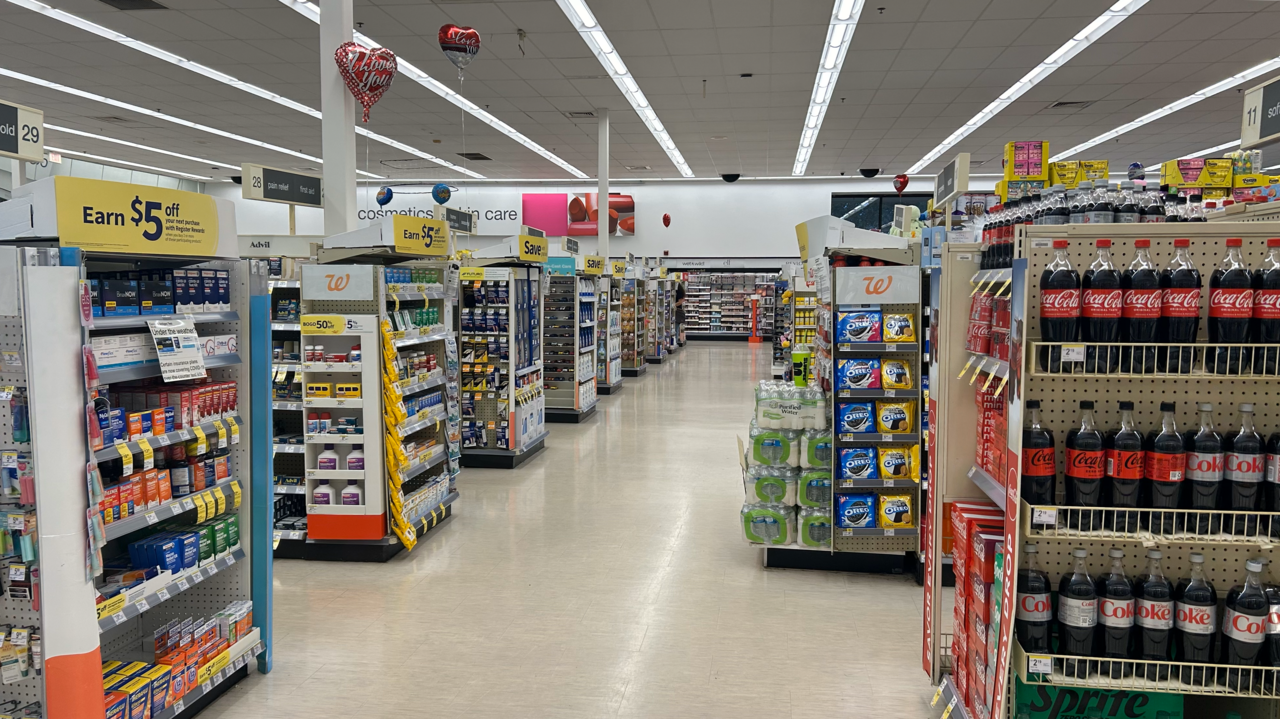
In 2014, the business formed an alliance with Boots, a Swedish company. As a result, the company did well and saw its stock rise in the market.
Over 12,500 locations have been opened by the business throughout Europe and the United States. They are likewise supported by a labor force of in excess of 330,000 workers.
Walgreens Expansion

Walgreens has expanded into 50 states, the District of Columbia, Puerto Rico and the Virgin Islands.
Tim Wentworth, the CEO of the company, implemented structural changes in 2023 for the benefit of the business. Plans to salvage roughly $1 billion in costs and close underperforming stores were among these strategies.
Cutting Dividends
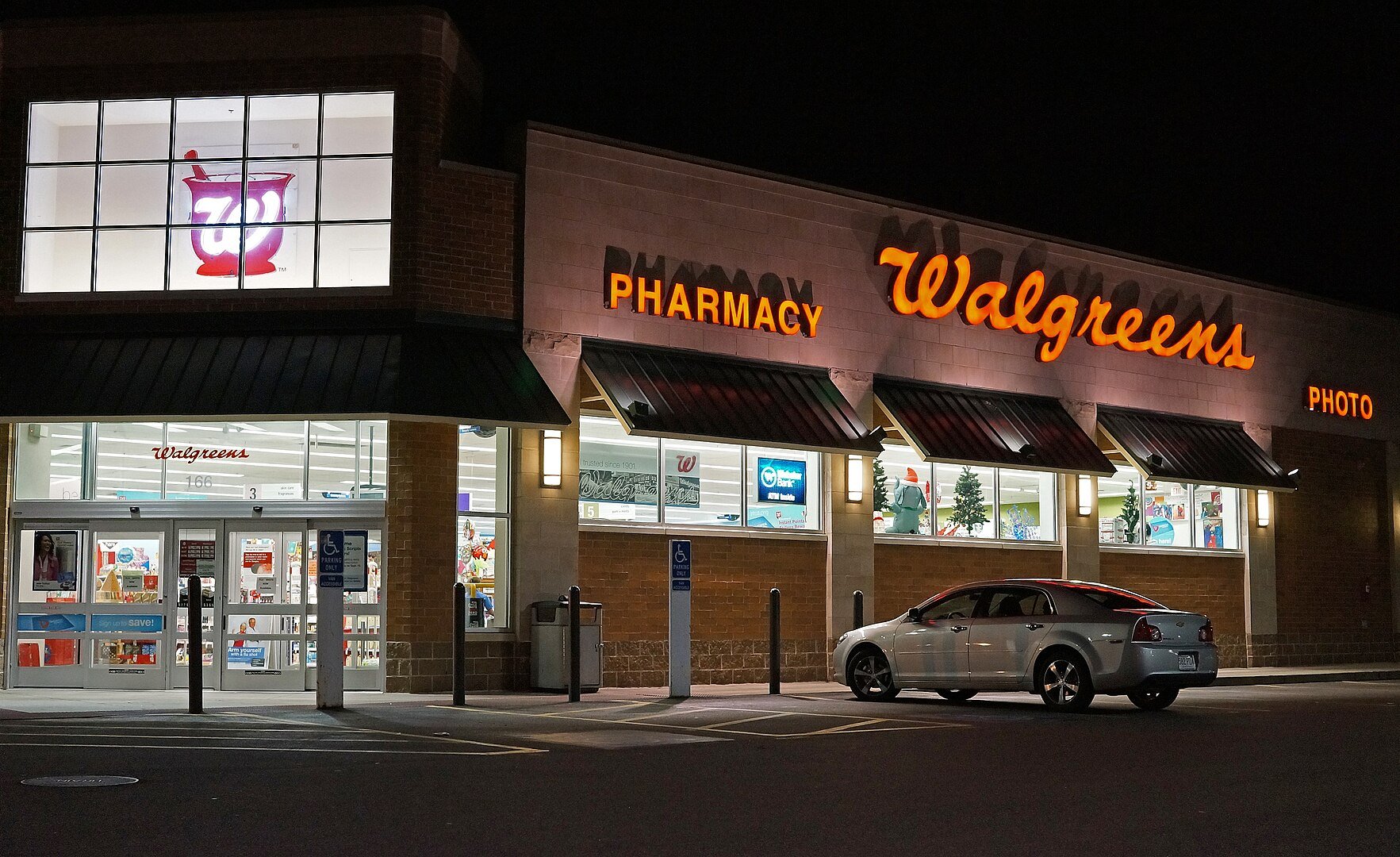
The Walgreens brand also cut its dividends by 50% per share, as reported by Reuters. The plan was to protect the business before inflation caused more harm, but there were still problems.
The drug store battled with over-the-counter (OTC) drug uses and RX (script) filing costs.
‘Absolutely Terrible’

Aptus Capital Advisors’ portfolio manager and equity analyst, David Wagner, commented, “The results this morning was just absolutely terrible. I mean, it’s been the theme of the last eight earning reports, to be brutally honest.”
The company’s stock reports prompted Wagner’s comment. The company’s shares rose steadily from 1995 until 2015, when they started and continued to fall.
Stock Troubles
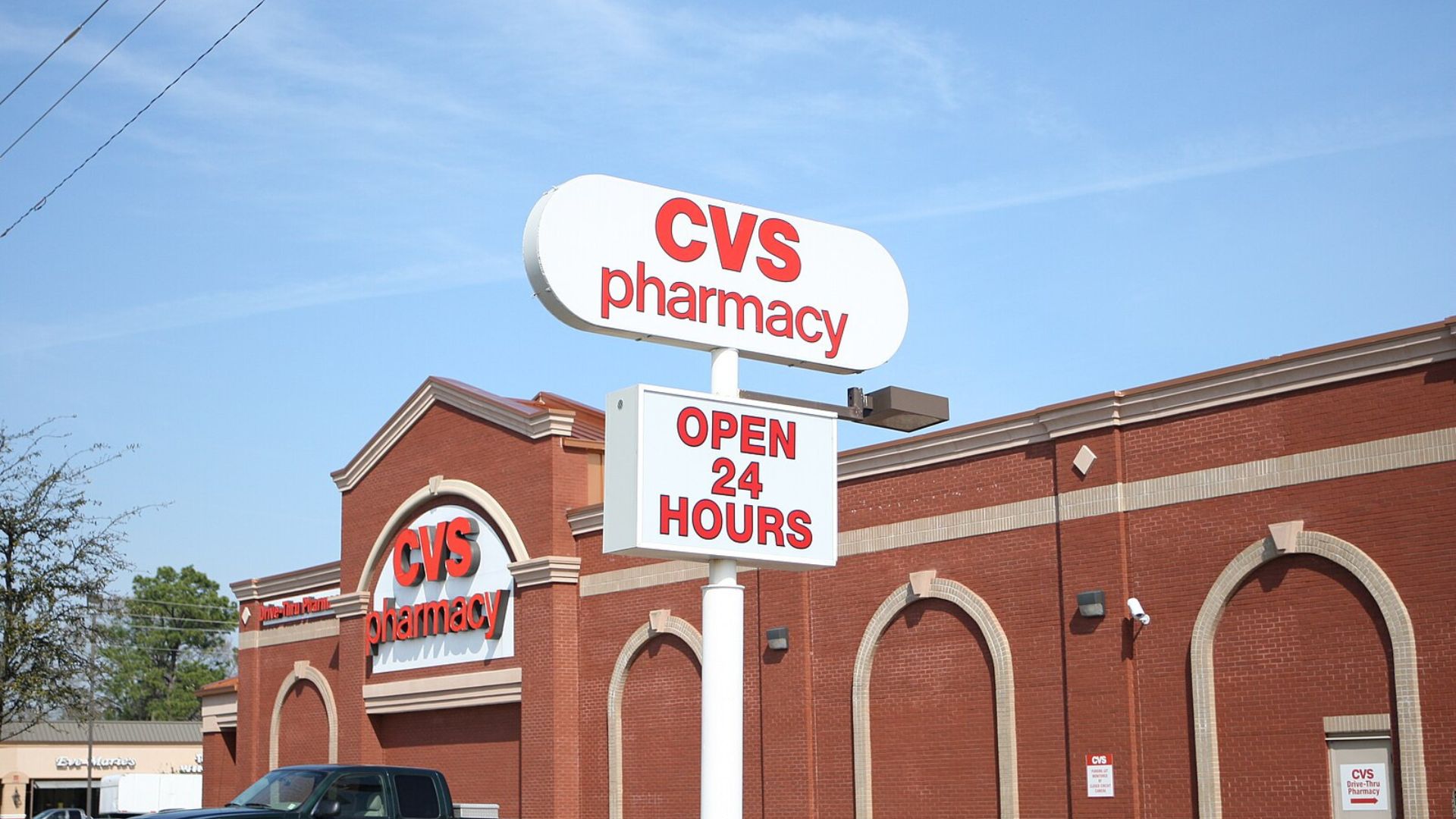
Walgreen’s woes continue as it recently saw its stock lose 9% of its value as the company tries to find solid footing in a changing marketplace.
This stock drop sees them faring far worse than rival CVS Health, whose stock only saw a 3% shedding of value. This latest stock drop for Walgreens sees them trading at a level more than 60% below where it started the year.
Future Difficulties
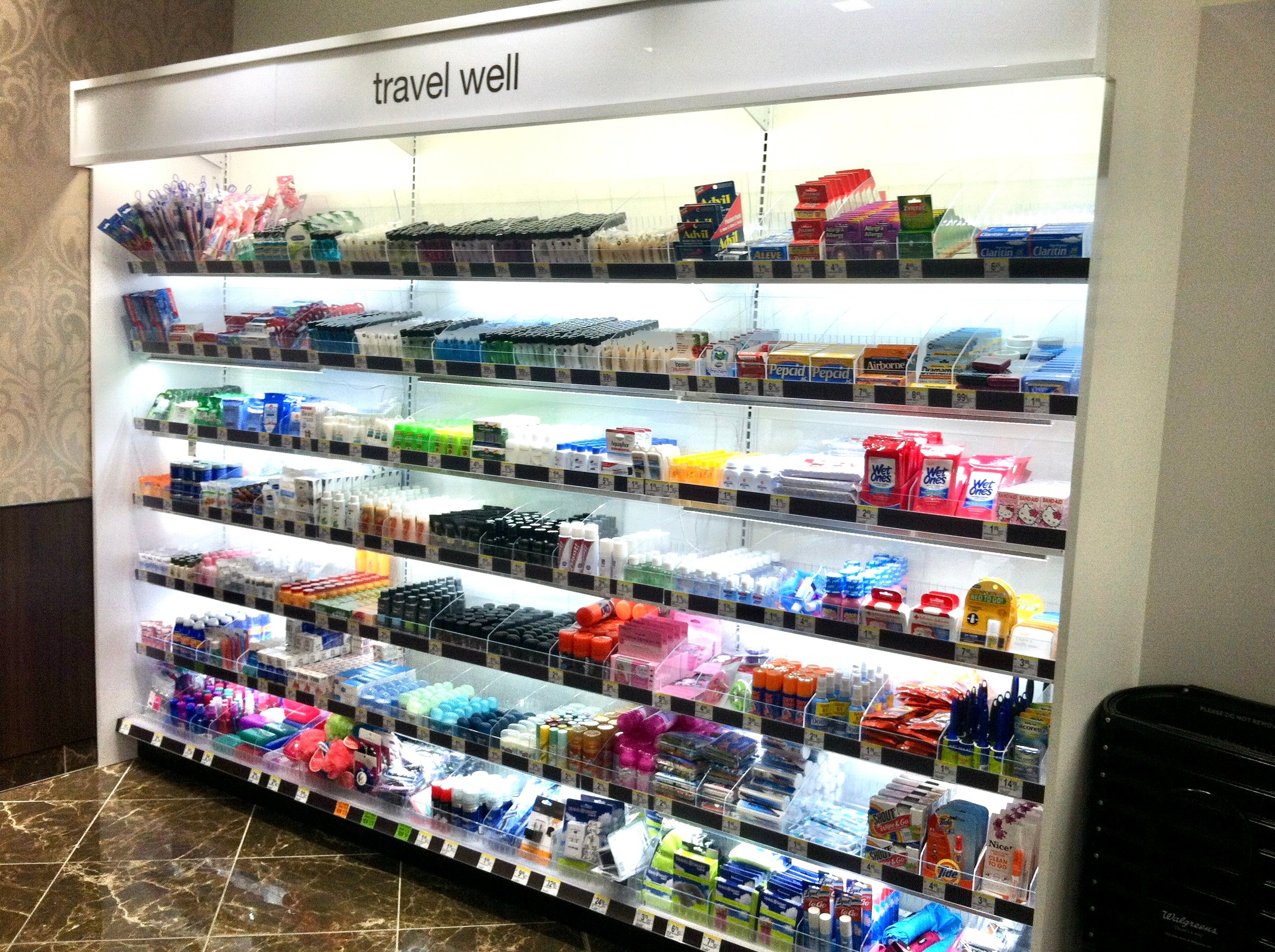
Reuters says that Walgreens may face difficulties until 2025.
Additionally, the CEO of the business stated that plans were in place that would be to the company’s and customers’ advantage. He likewise added that it would involve “quarters” and not years before the primary changes are executed.
Strengthening Investments

According to Wentworth, the company’s strengths and core values will be the focus of the changes: their retail drugstore.
Wentworth has said the organization will not be utilizing the primary care provider, VillageMD, as the majority primary care provider in its portfolio. Instead, Boots and Shields Pharmacies, based in the UK, will strengthen the company’s investments.
Forced Closures

In order to assist the company in reducing the costs and difficulties associated with inflation, it was forced to close branches that were not performing well.
In the United Kingdom, over 560 stores have already been closed, and in the United States, 670 stores.
Customers might be affected by the large number of stores that are closing and, as a result, have to travel further to get to a branch.
